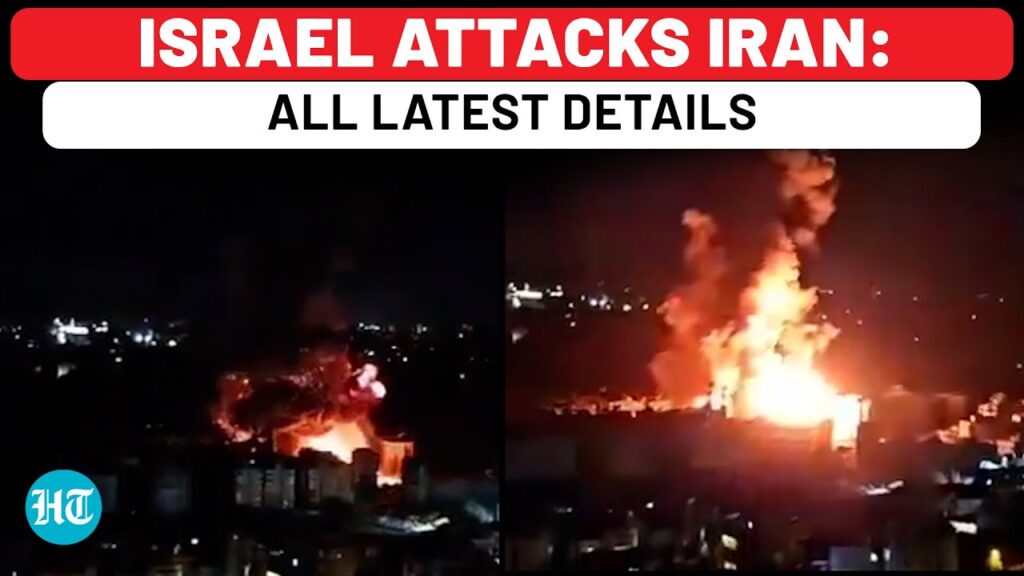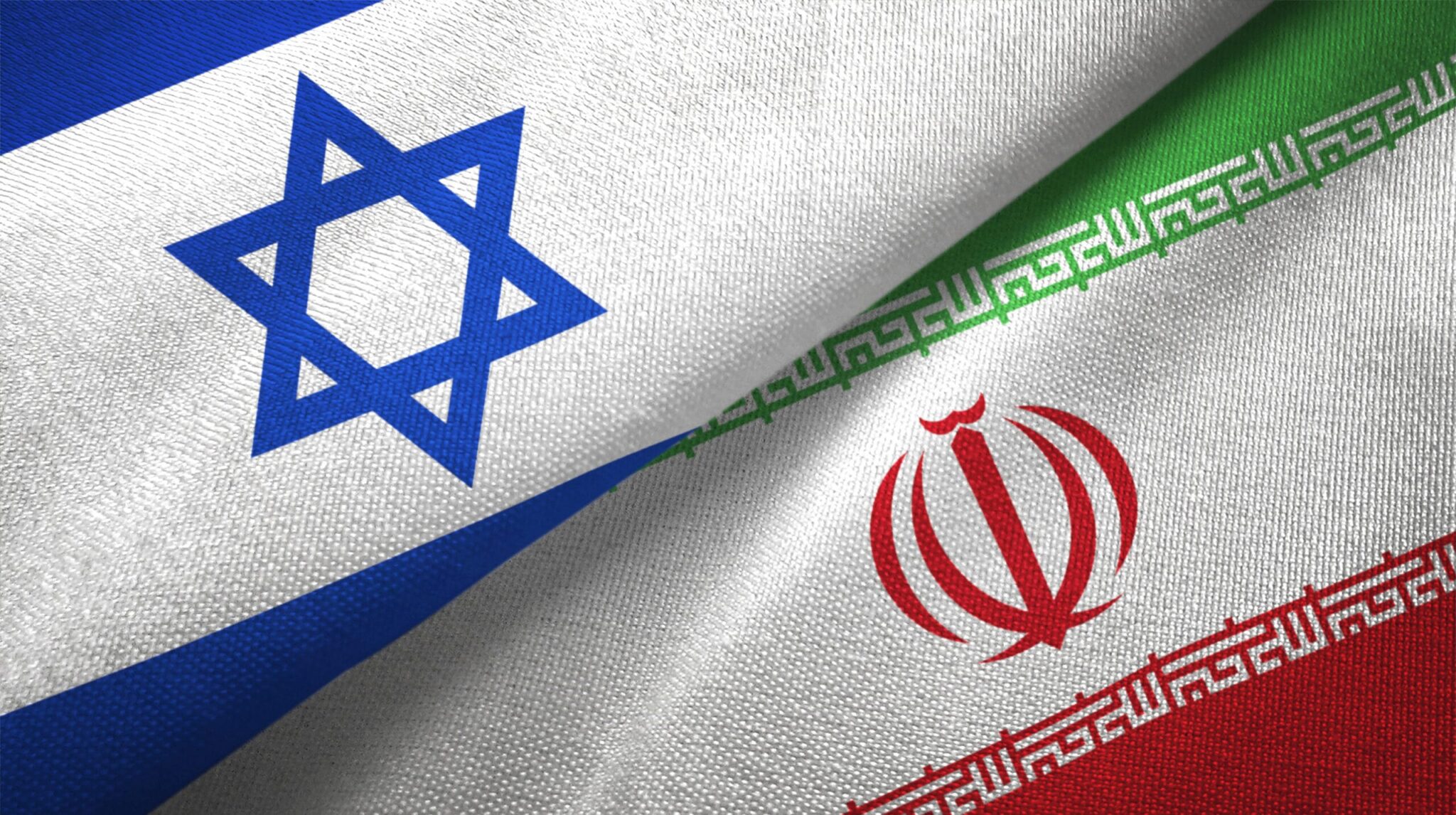A detailed analysis of the June 13, 2025, Israel-Iran military escalation, including chronology, historical tensions, diplomatic reactions, and future scenarios in the broader Middle East context.
1. 📰 Breaking News Overview
On June 13, 2025, in a major escalation dubbed “Operation Rising Lion,” Israel launched preemptive airstrikes across Iran—striking nuclear sites (notably Natanz), missile factories, IRGC headquarters in Tehran, and residential areas. nypost.com+3atlanticcouncil.org+3thedailystar.net+3en.wikipedia.org+8theguardian.com+8apnews.com+8.
Casualties included senior Iranian figures: IRGC Commander Gen. Hossein Salami, Armed Forces Chief of Staff Major General Mohammad Bagheri, Gholam Ali Rashid, and nuclear scientists such as Fereydoun Abbasi‑Davani and Mohammad Mehdi Tehranchi (iranintl.com+8time.com+8en.wikipedia.org+8).
The scale of this operation—Israel’s largest strike on Iran since the Iran-Iraq War—triggered nationwide air-raid sirens, airspace closures, and a declared state of emergency within Israel. en.wikipedia.org+4reuters.com+4timesofindia.indiatimes.com+4.

2. Historical Context
- Post-Islamic Revolution (1979) tensions: Iran’s hostility toward Israel and backing of anti-Israel groups established decades of animosity.
- Israel’s Begin Doctrine: Historically used in 1981 (Iraq’s Osirak) and 2007 (Syria), the doctrine supports preemptive strikes to halt nuclear proliferation and is now invoked again. atlanticcouncil.org.
- Recent precursors: A series of covert and overt strikes throughout 2024 in both directions, including Israeli operations in Syria, Iran-backed proxy attacks (Hezbollah, Houthis), and a steady buildup of Iran’s nuclear and missile capabilities.
3. Military Actions and Counteractions
Israel’s Actions
- Airstrikes on uranium enrichment at Natanz, missile production facilities, IRGC command centers, and urban neighborhoods—using IDF jets, standoff munitions, and coordinated Mossad sabotage operations en.wikipedia.org+5reuters.com +5apnews.com+5.
- Targets eliminated included top IRGC leaders and nuclear scientists.
- Prepared defenses: Israel closed airspace, bolstered detection systems, and mobilized tens of thousands of reserve troops in anticipation of retaliation time. com+5thetimes.co.uk+5theguardian.com +5apnews.com.
Iranian Reaction
- Immediate vow by Supreme Leader Khamenei of “severe punishment.” welt.de+15apnews.com+15apnews.com+15.
- Iran responded with widespread defense mobilization, national airspace closure, and activation of military readiness. timesofindia.indiatimes.com+1 timesofindia.indiatimes.com+1.
- Reports emerged of Iranian Council aide Ali Shamkhani critically injured and strikes spreading to Tabriz, Bandar Abbas, Kermanshah, Hamedan, and Khorramabad (iranintl.com+1en.wikipedia.org+1).
4. International Diplomatic Responses
- United States: While denying operational involvement, U.S. officials confirmed Israel informed them ahead of time. washingtonpost.com+1 reuters.com+1. Secretary of State Rubio emphasized protection of U.S. forces but issued no explicit condemnation. reuters.com +5reuters.com+5washingtonpost.com+5.
- UN Secretary-General Guterres urged maximum restraint and warned of regional deterioration (reuters.com+1en.wikipedia.org+1).
- Global leaders:
- Australia, New Zealand, and Japan expressed alarm and called for de-escalation.
- Oman condemned the strike as a violation of the U.N. Charter, reuters.com.
- Regional concerns: Potential responses from Iran’s network—Hezbollah, Houthi rebels, and Palestinian factions—increase the risk of broader proxy and asymmetric engagement. washingtonpost.com +3atlanticcouncil.org +3 theguardian.com+3.

5. Potential Future Scenarios
Scenario A: Regional escalation
- Iran could launch retaliatory missile/drone strikes toward Israel or U.S. forces.
- Israel may extend the campaign with further strikes on Iran or Iranian-backed proxies across Lebanon, Gaza, Syria, or Yemen.
Scenario B: International mediation and conflict containment
- Diplomatic interventions from the U.S., Gulf states, and European Union could open breathing space for renewed Iran-U.S. nuclear talks in Oman.
- Gulf nations, especially Saudi Arabia, the UAE, and Oman, may act as mediators to prevent regional spillover. apnews.com +3reuters.com +3reuters.com+3.
Scenario C: Protracted covert confrontation
- Israel may maintain a prolonged covert campaign, targeting Iranian nuclear and missile infrastructure without overt all-out war, similar to prior shadow conflicts.
6. Expert Analysis and Implications
Power Balance Disruption:
Thomas W. Warrick (Atlantic Council) warns the strike may unsettle the broader U.S.-Israel-Iran relationship and emphasizes the need for an Israeli post-strike strategic plan.
Proxy ramifications:
Emily Milliken notes the risk that groups like the Houthis may interpret the strike as also U.S.-supported, potentially breaking existing ceasefire arrangements (atlanticcouncil.org).
Diplomatic leverage:
Joze Pelayo suggests Gulf states should coordinate emergency diplomacy to preserve fragile nuclear dialogues while managing Iran’s regional power. atlanticcouncil.org.
Conclusion & Forward-Looking Perspective
The June 13, 2025, strikes mark a watershed in Israel-Iran hostilities— Israel has escalated from covert sabotage to overt conventional warfare. The long-term consequences hinge on whether Iran responds militarily, whether global actors successfully mediate, and whether this reshapes the regional balance of power.
Should Iran retaliate directly or through proxies, the region risks spinning into a multipolar proxy war that could destabilize neighboring states, disrupt global energy markets, and draw in the U.S. and Europe. Conversely, if regional powers—especially Gulf countries—guide both states back to diplomatic channels, a fragile containment and renewed nuclear bargaining could emerge.
For a global audience—especially in the USA, Iran, Israel, Pakistan, South Asia, and the Middle East—this story demands careful tracking. Beyond headlines, the stakes lie in whether preemptive military logic overshadows long-term diplomacy or whether an enduring strategic equilibrium remains possible.



